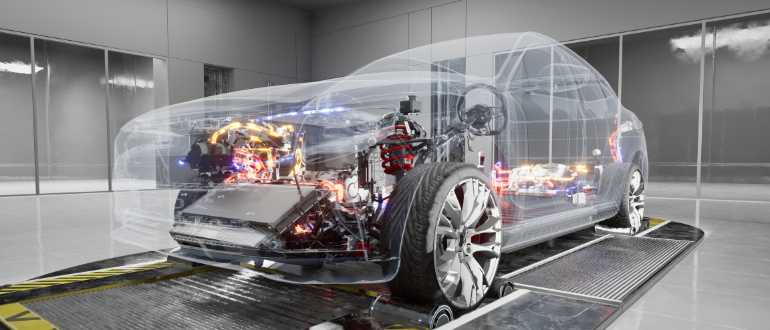
Whenever a breakthrough technology takes hold, we see a familiar pattern: Excitement, proliferation, skepticism and — eventually — acceptance. Right now, we’re in the middle of that cycle with AI. Everywhere you turn, AI is creating more: More apps, more code, more content, more tools, more output. The firehose is wide open.
Yet despite the sheer volume — and increasingly, the quality — of what AI produces, a stigma lingers. If something is “made by AI,” it too often carries the faint whiff of being “less than.” Suspect. Second-class. The assumption is that if AI had a hand in it, it’s probably cheap, shallow, or untrustworthy.
Now, I’m not saying that AI doesn’t need oversight. Of course it does. We’ve all seen examples of sloppy AI code or generic AI-written content. As with any new tool, quality checks are essential. But here’s the thing: An awful lot of what AI generates is good. Good enough that businesses are already relying on it — quietly, pervasively and at scale.
The stigma, in other words, says more about us than about the technology.
The “Prove It” Phase of Innovation
This is not the first time we’ve seen this story. Every innovation goes through a period where it must prove itself.
Take the history of the automobile. When the internal combustion engine first entered the scene, cars were essentially “horseless carriages” — bespoke creations crafted by hand. Each one was unique. Some were marvels of engineering. Others were quirky contraptions, prone to breakdowns. Quality varied wildly, and skepticism was rampant.
Then came the next great innovation: The assembly line. Suddenly, cars could be produced at scale. The early mass-produced models weren’t as polished as the best handmade versions, and critics were quick to pounce. But the tide turned. Over time, the efficiencies and consistency of assembly-line production didn’t just catch up — they surpassed handmade autos for all but the most niche markets. Today, hand-built cars are luxury exceptions, not the norm.
That transition — from skepticism to dominance — is the blueprint for what we’re living through with AI.
The Pattern Repeats
Innovation always follows this arc. At first, what’s new is treated as inferior, even dangerous. “Machines can’t do this as well as people,” the refrain goes. Over time, though, scale, efficiency, and iterative improvement flip the script. The once-questioned innovation becomes indispensable.
Think about it:
- Factory-produced textiles replaced hand weaving.
- Printed books replaced hand-copied manuscripts.
- Software-as-a-Service replaced boxed CD installs.
Each shift carried its own wave of doubt and resistance. Each one eventually won. AI-generated output is no different.
We’re already seeing AI-written code power critical systems. AI-assisted content is being published by mainstream media, consumed by millions who have no idea or objection. Design, video, even legal drafting — the line between human-only and AI-assisted output is blurring fast.
And just like the Model T eventually became more reliable, affordable and widespread than its bespoke predecessors, AI’s trajectory points in one direction: Normalization.
Why the Stigma Lingers
So why the persistent side-eye when something is “made by AI”?
Part of it is human pride. We want to believe our work — our creativity, our judgment, our craftsmanship — is irreplaceable. Another part is fear: fear of errors, bias, or the unknown. And then there’s the cultural lag: Our perceptions always trail behind the technology itself.
But these are temporary hurdles. We’ve been here before. We’ll move past them again.
Shimmy’s Take
Here’s how I see it: We’re in the “prove it” phase of AI adoption. The technology is already capable of producing good work at scale, but it still needs oversight. That’s fine. Early automobiles needed mechanics on constant standby, too.
But just as mass production redefined how cars were built — and erased the stigma of the assembly line — AI will redefine how code, content and much else gets produced. The stigma will fade. The label “AI-generated” will lose its sting.
In a few years, we won’t be marveling that something was made by AI. We’ll be wondering how we ever got by without it.
This too shall pass.

